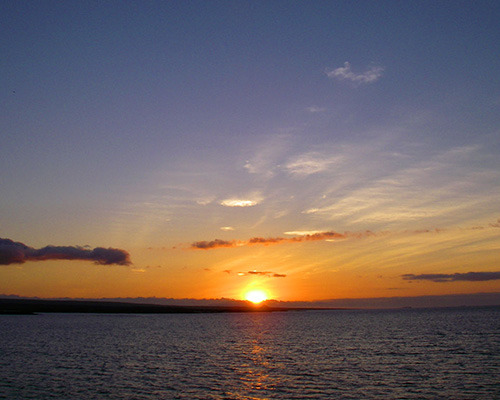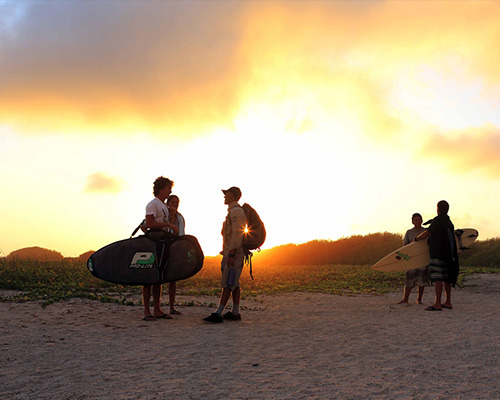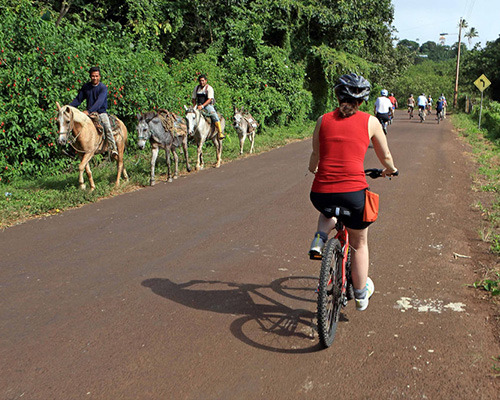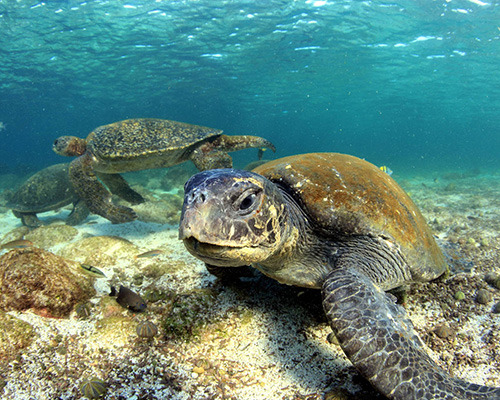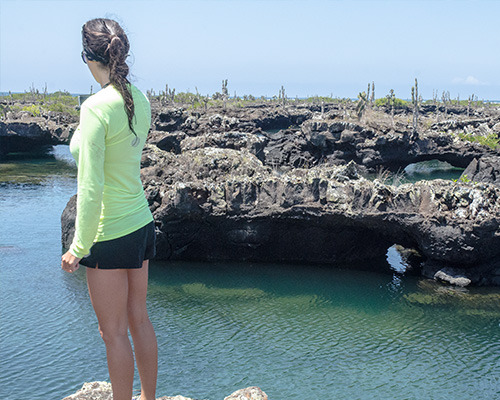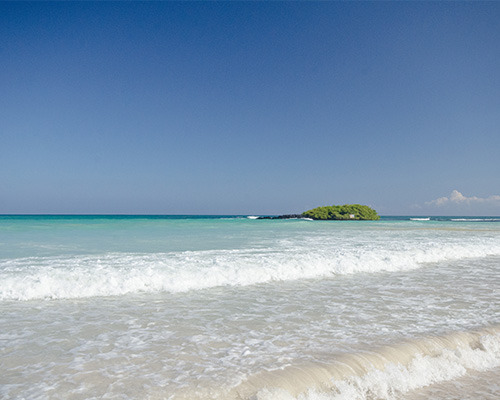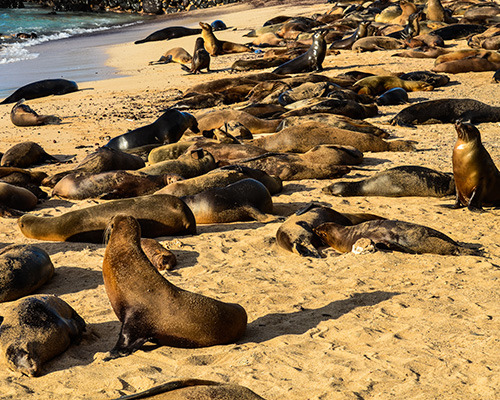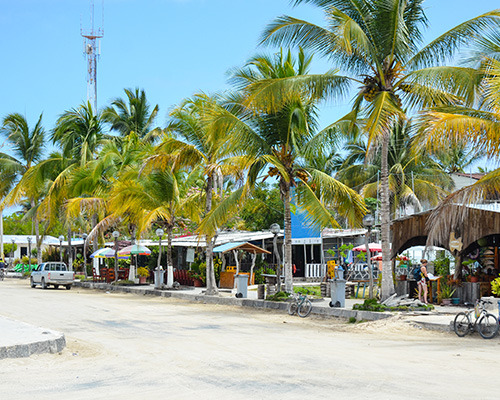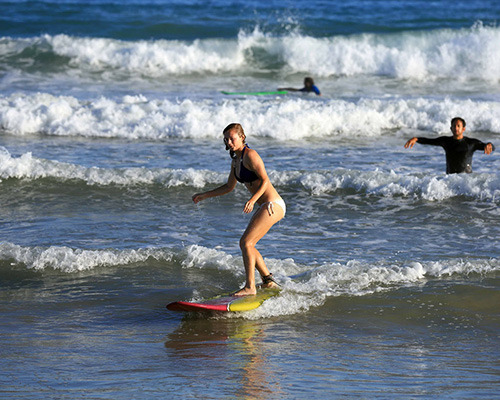Sample Itinerary - Student Tours
Why Book a Student Tour?
- Snorkel with sea turtles, playful sea lions and amazing underwater wildlife
- Hike up an active volcano and one of the biggest calderas in the world
- Explore Historic Quito, Ecuador
- Visit 4 inhabited Galapagos Islands, learn about island history & culture
- See the famous giant tortoises in their natural habitat
- Learn about sustainable tourism efforts in the Galapagos
6 Day Galapagos Itinerary
*This itinerary is completely customizable. Extra days and activities can be added or taken away. Service projects and 'classroom time' can be added at your discretion. This is simply a guide to help you envision the possibilities for your Exploration of the Galapagos Islands on a student / educational tour.
Day 1
Arrive Santa Cruz, Lunch in Puerto Ayora, Boat to Isabela, Explore Puerto Villamil
Day 2
Hike Volcano Sierra Negra & Lava Fields of Volcan Chico, Afternoon Kayak or Snorkel
Day 3
Boat to Santa Cruz, Visit Highlands, Tortuga Bay or Grietas
Day 4
Visit Charles Darwin Research Station, Boat to San Cristobal, Visit Tijeretas
Day 5
Snorkel Kicker Rock or Isla Lobos
Day 6
Early Morning Paddle or Free Morning, Depart San Cristobal

